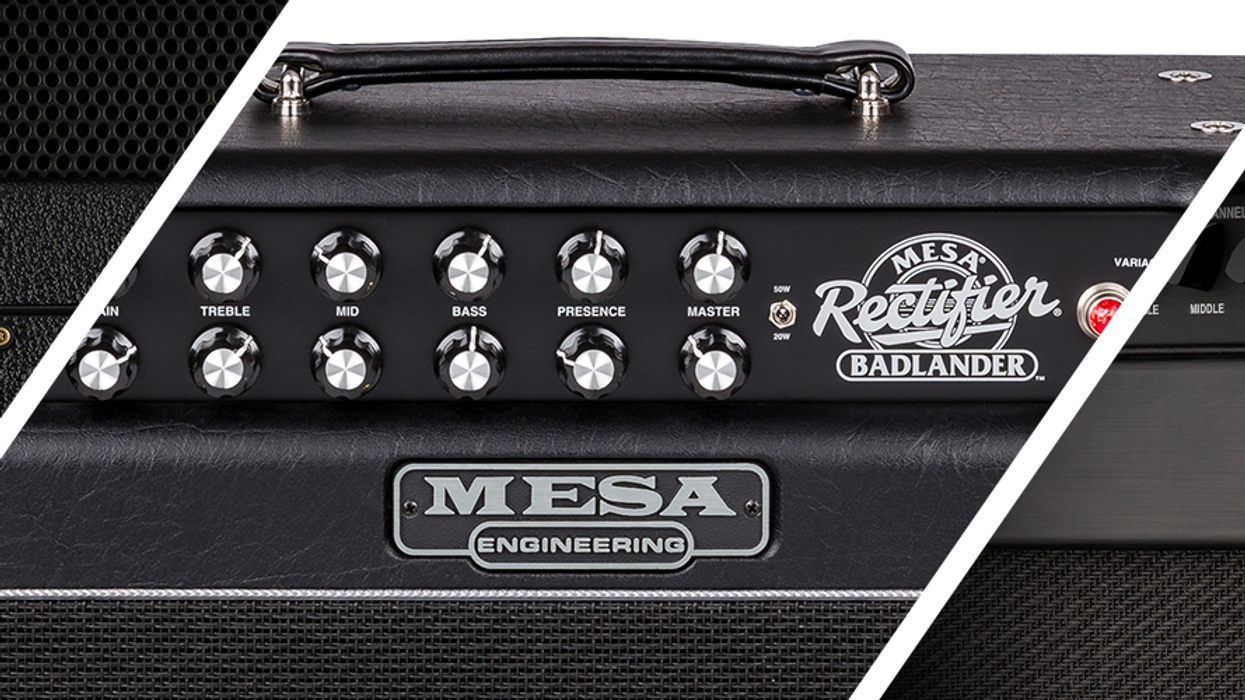RatingsPros:Great value. Vintage vibe meets modern playability. Cons: Not many, considering the price. Maybe a less-than-perfect setup? Street: $899 Supro Silverwood suprousa.com | Tones: Playability: Build/Design: Value: |
I’ve seen, heard, and played so many new-production Supro guitars that it’s hard to believe the revived brand has only been making guitars since 2017. Nouveau Supro has applied to guitars the same formula that worked so well for their amps. They borrow cool designs from Supro’s long history (the original brand went belly-up in 1968), update them for modern tastes and production techniques, and build them inexpensively but well. Result: vibey new instruments whose looks, playability, and tones can satisfy serious players, but at prices aspirational guitarists can afford. Bang for the buck, thy name is Supro.
You Got the Silver
Supro’s latest venture revives the Silverwood, a top-of-the-line model from 1960. This new made-in-Indonesia guitar comes in two flavors: an $849 mahogany-body model (available in racing green, cherry red, and midnight blue finishes) and a $899 natural-finish ash model, reviewed here. That natural wood finish may seem a bit ’70s, but no—that’s how the originals look.
That’s just one of many cool period details echoed here. There’s the handsome and ergonomic body shape, the stair-step tailpiece, the distinctive “Gumby” headstock, the large plastic keystone tuners, the fretboard block inlays, and the large pickup-selector mounting plate.
What’s different? A generic Tune-o-matic-style bridge replaces the original floating wooden one. The pickguard is pointier. The pickup selector has migrated from the lower bout to the upper one. The rounded German carve ringing the original’s body has been replaced by a simple bevel. Also, old Silverwoods don’t have gold-foil pickups. This guitar does.
Foiled Again!
Vintage-style gold-foils are treasured for their broad frequency response, with deep, articulate lows and an airy top end with a shimmery “acoustic” character. They’re also exceedingly quiet for a single-coil design.
These gold-foils have an attractive vintage look, but they’re not strictly vintage spec. They’re humbucker-sized, and the bridge pickup is wound hotter than in the old days (a fact that will probably please more players than it disappoints). They’re wired in reverse phase, which makes already quiet pickups even quieter when they’re combined. Meanwhile, the tone control has been wired “1950s-style.” (That is, with the tone capacitor connected to the volume pot’s middle lug rather than lug 3, where the output from the pickup selector terminates.) With this cool mod, there’s relatively little treble loss when rolling back the guitar’s volume knob—great for pickups with such pretty high end.
At times, the individual pickups can sound vaguely Strat-like. But you’d never mistake the combined setting for a Fender. It emphasizes the attractively “hollow” character of vintage gold-foils. It’s not often that the blended-pickup sound is a guitar’s star attraction, but that’s the case here. At all pickup settings, even the gainiest tones retain an attractively airy quality. The Silverwood never sounds constipated. It’s zingy by nature—you can hear it when you strum the guitar unplugged. There’s certainly no shortage of sustain, as you can hear in the final chord of my demo clip.
Comfort and Speed
The Silverwood is a comfy player. The flat-ish pau ferro fretboard and substantial frets invite you to dig in and shape each note. The fretwork is solid, and the fret ends are uncommonly smooth for this price range.
The set neck’s joint could hardly be more ergonomic. Reaching for the 22nd fret is as easy as grabbing another potato chip. The classy knurled knobs are ideal for volume and tone swells, which happen to sound great here. The tuners feel sensitive and accurate. The factory setup, while not perfect, is relatively refined for this price. Plus, you space cadets can make trippy noises by picking between the bridge and tailpiece.
The Verdict
This is a smart guitar. Someone was smart enough to choose a cool vintage design, and then strike an appealing compromise between vintage vibe and modern expectations. And smart enough to manufacture it cost-effectively and deliver it a sensible price. The Silverwood looks great. Its voice is distinctive, but not excessively so. There’s vintage gold-foil flavor, but with a spin suitable for many modern styles. Smart, smart, smart. If you relate to Silverwood’s looks and tones, acquiring one would be … well, the opposite of stupid.
Watch the First Look:









![Rig Rundown: Russian Circles’ Mike Sullivan [2025]](https://www.premierguitar.com/media-library/youtube.jpg?id=62303631&width=1245&height=700&quality=70&coordinates=0%2C0%2C0%2C0)

















